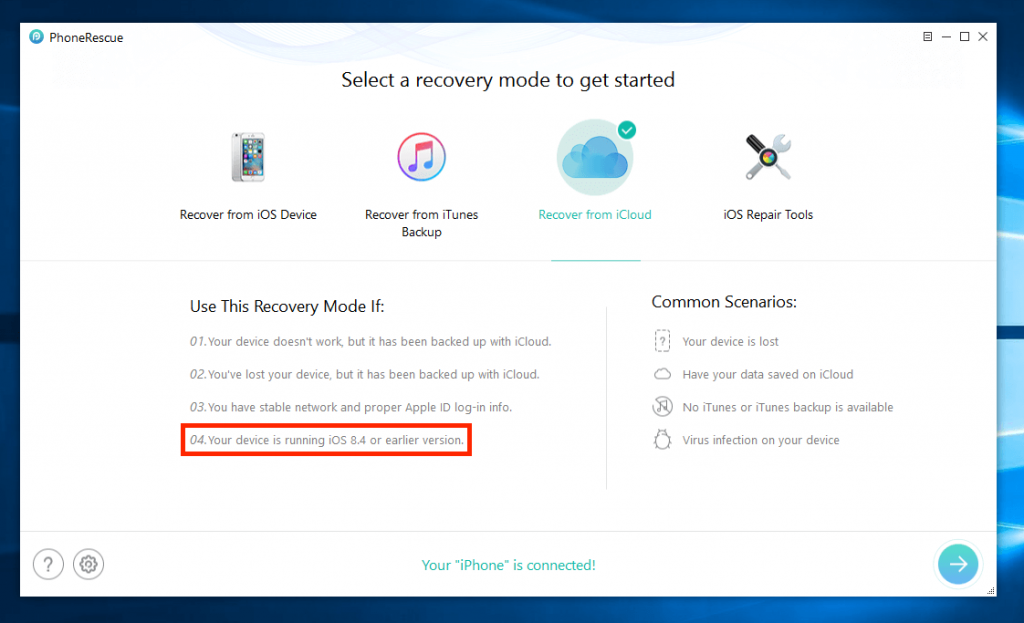

They have also been noted to inhibit bulk bacterial protein synthesis in E. Importantly, however, α-defensins only kill proliferating Escherichia coli and a simple model of “death by pore formation” is inadequate to explain all their antibacterial properties ( 12). The permeabilization of membranes by α-defensins is believed to be crucial for their ability to kill microbes and host cells, elicited by membrane disruption and leakage of cellular contents ( 9, 11). Once the azurophil granules fuse with phagosomes, they release high concentrations of α-defensins close to the pathogen surface, where their amphipathic nature allows them to rapidly gain entry to the cell’s membrane ( 10). They share a similar triple-stranded β-sheet structure, which is critically held together by three intramolecular disulphide bridges.

Four structurally related peptides (HNP1–4) exist within the azurophil granules of neutrophils, of which HNP1 is the most abundant ( 6– 9). Hence, neutrophil-derived α-defensins were able to affect profound changes in the inflammatory environment while also serving as effective antimicrobial peptides.Īlpha defensins are small (3–4 kDa) cationic peptides that form part of a larger family of defensins (that also includes beta and theta peptides). In addition, mice infected with pathogenic Salmonella enterica serovar Typhimurium showed a reduced bacterial load and serum TNFα levels upon administration of exogenous α-defensin. In vivo, in mice, neutrophil derived α-defensins, given at the time of inducing peritonitis, led to a diminished inflammatory exudate ( 5).
#Activation code license for easy translator 12.5 full
We previously reported that the human antimicrobial peptides α-defensins also inhibited the secretion of multiple cytokines from activated HMDMs for up to 72 h, with full recovery thereafter and no effect on cell viability ( 5). Following neutrophil apoptosis, their subsequent uptake by human monocyte-derived macrophages (HMDMs) induces complex phenotypic changes, including the release of the immunosuppressive cytokines IL-10 and TGF-β (reviewed in ref. Through the de novo generation of lipid mediators, they are also key players in the resolution of inflammation (reviewed in ref.

Neutrophils, via the release of key inflammatory mediators, convey signals to practically all other immune cells, orchestrating both the innate inflammatory and subsequent adaptive immune responses ( 1). By preventing protein translation, HNP1 functions as a “molecular brake” on macrophage-driven inflammation, ensuring both pathogen clearance and the resolution of inflammation with minimal bystander tissue damage. This is, to our knowledge, the first demonstration of a peptide released from one cell type (neutrophils) directly regulating mRNA translation in another (macrophages). In a cell-free in vitro translation system, HNP1 powerfully inhibited both cap-dependent and cap-independent mRNA translation while maintaining mRNA polysomal association. Herein we show that HNP1 enters macrophages and inhibits protein translation without inducing the unfolded-protein response or affecting mRNA stability. We have now dissected the antiinflammatory mechanism of action of the most abundant neutrophil alpha defensin, Human Neutrophil Peptide 1 (HNP1). In vivo, alpha defensin administration protected mice from inflammation, induced by thioglychollate-induced peritonitis or following infection with Salmonella enterica serovar Typhimurium. We previously reported that alpha defensins, released from apoptotic human neutrophils, augmented the antimicrobial capacity of macrophages while also inhibiting the biosynthesis of proinflammatory cytokines. Neutrophils are the first and most numerous cells to arrive at the site of an inflammatory insult and are among the first to die.


 0 kommentar(er)
0 kommentar(er)
